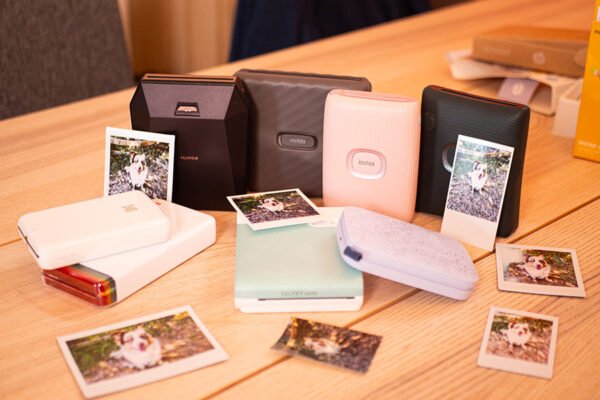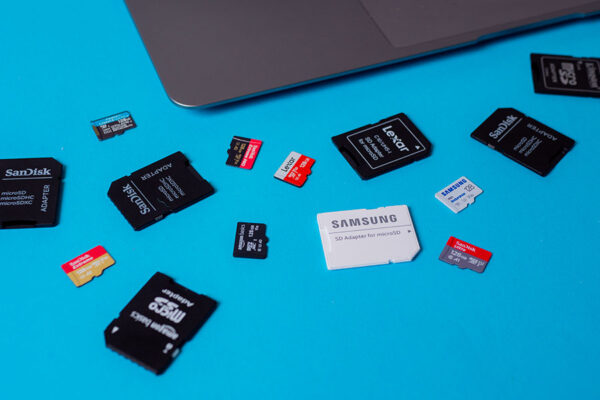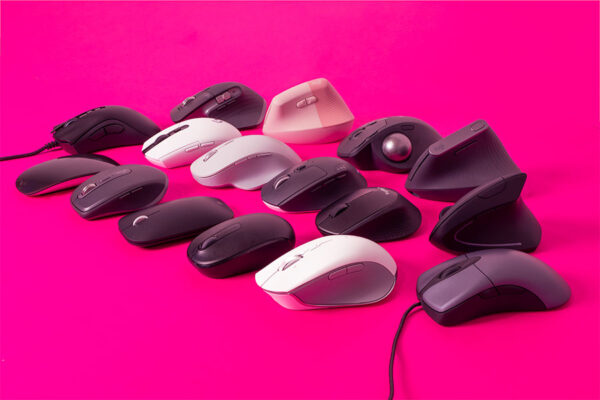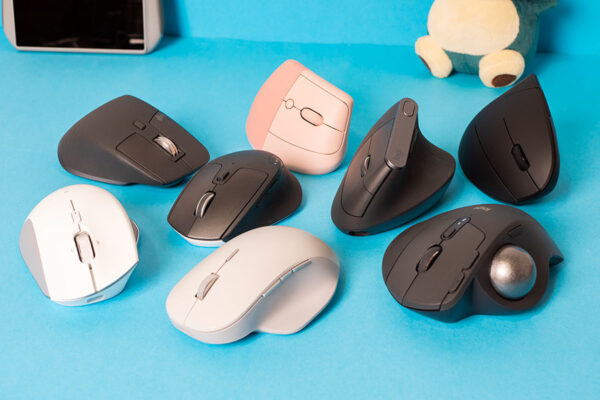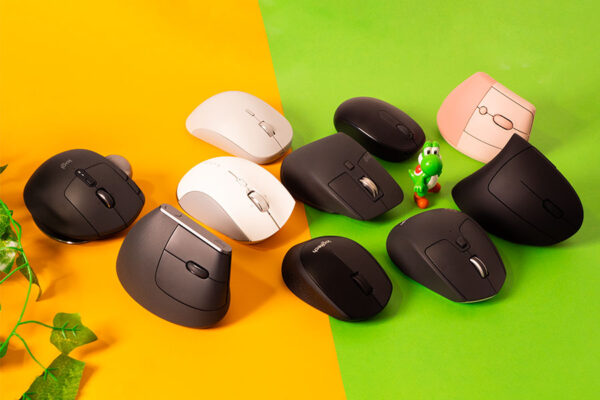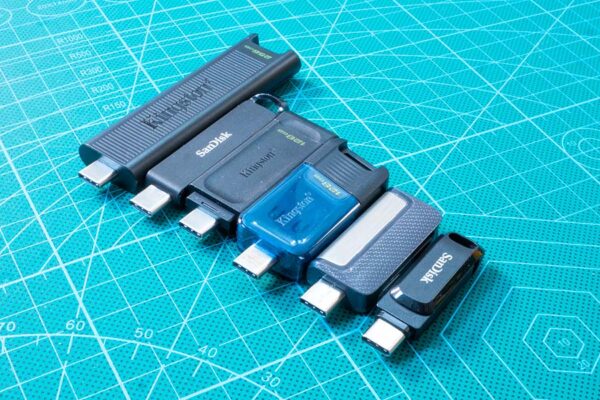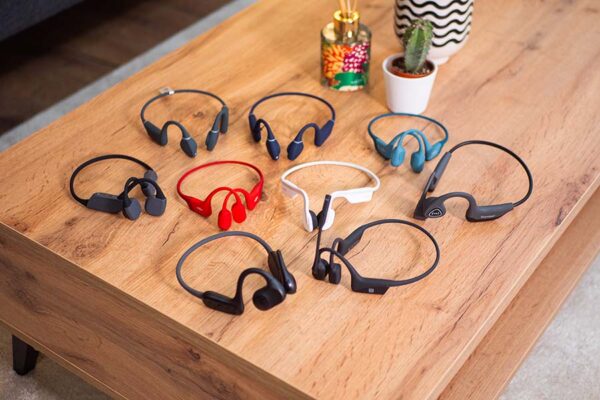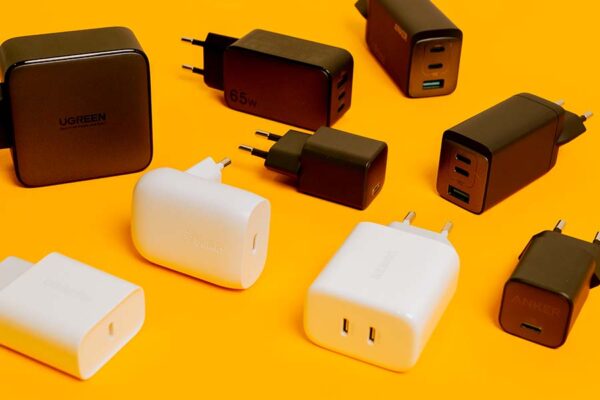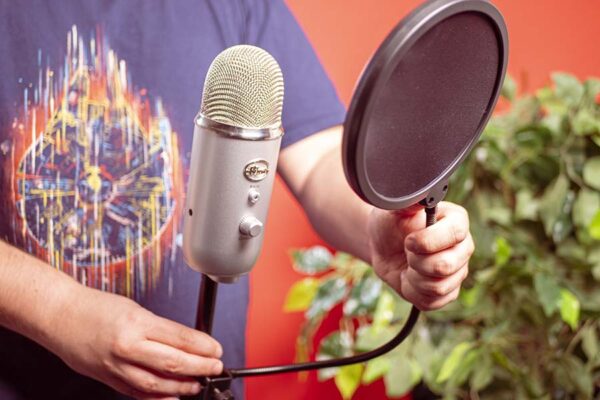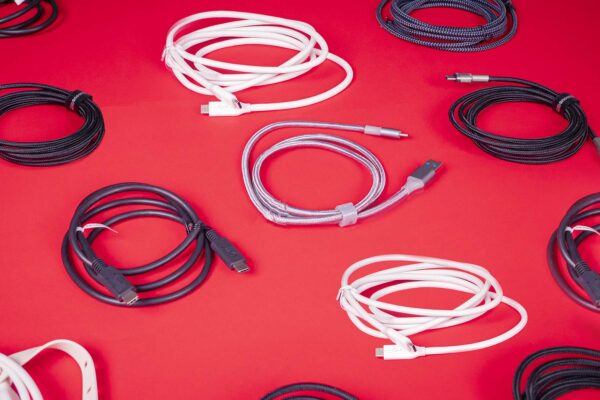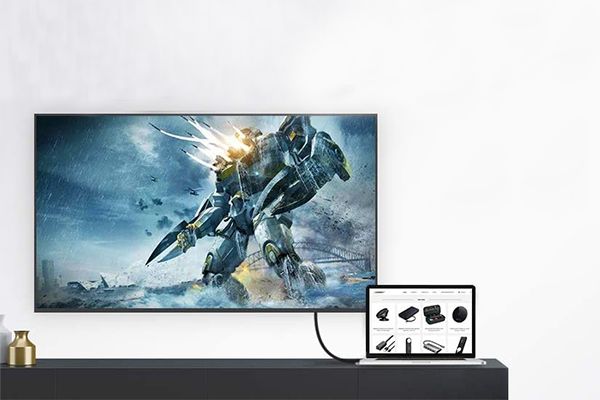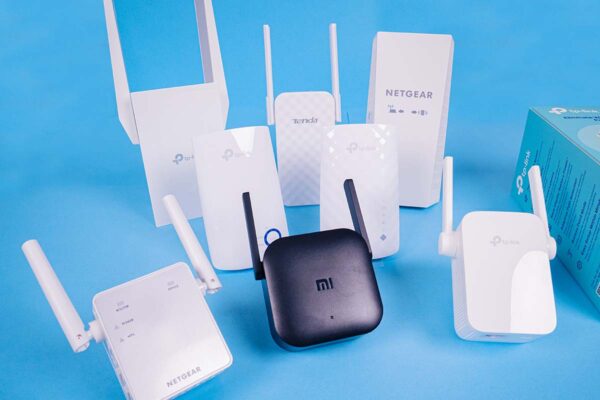Updated July 28, 2023
DJI Osmo Mobile 6
Its small design and improved tracking function make it one of the best stabilizers, in terms of performance, handling and options. Its overall ergonomics are up to scratch.

This 3-axis stabilizer features a lightweight, compact and foldable design, making it easy to carry and store. It boasts excellent design quality, and incorporates a selfie pole in its structure. A detachable, highly stable tripod is also supplied by the brand.
We appreciated its ergonomic handle, which is comfortable to hold. Our tests showed that it offered one of the best stabilization performances and captured smooth images, whatever our movements. What’s more, it’s very quick to orientate and launch, and the ActiveTrack function has been improved. So, compared with the previous version, object tracking is even better, with well-controlled zoom and focus options, and it ensures continuous tracking of the target even off-camera.
Many advanced shooting and editing functions (Clone Me, Timelapse, Motionlapse, Hyperlapse, ShotGuides, DynamicZoom, etc.) are also available on the DJI Mimo application, but require a little time to familiarize yourself with. A few tutorials are available, however. In terms of ergonomics, there’s nothing to reproach it for, with its practical new zoom wheel, rear trigger, joystick and small screen. In fact, we found it very easy to handle.
In terms of compatibility, it accepts smartphones up to 8.4 cm wide and weighs a maximum of 290 g, and the magnetic mount clips on and off quickly. What’s more, it works even better with iPhone. In fact, the application is available from Apple Store, but for Android, it’s only accessible on APK. Even so, it requires a fairly substantial budget, and its biggest drawback comes from its autonomy, which struggles to exceed 6 hours of use. Finally, a carrying pouch is supplied.
Karebabe L09
Perfect for familiarization, this compact, lightweight model offers excellent value for money with its 3-in-1 design, removable remote control, fill light and ease of use.

Ideal for beginners or occasional use, this stabilizer delivers more than decent stabilization performance, and you can switch between vertical and horizontal views with a single click. Comfortable to hold, its design is lightweight (approx. 215 g) and compact, and it folds up (15 cm long when folded), making it easy to transport. A tripod and selfie pole are included. However, the tripod’s legs are too short to offer sufficient stability when filming an overhead shot.
What’s more, it incorporates a lighting system (9 modes in all), enabling night-time photos or videos and optimizing your face cams. In terms of connectivity, it includes a USB port but doesn’t require an application to operate, which makes it easy to use, but takes away some useful functions. It does, however, offer some basic modes (Jumping Inception, Semi-tracking POV mode, etc.).
Its small, detachable, built-in remote control (powered by a CR1632 battery) is very practical for remote control. In terms of compatibility, its mount admits smartphones ranging from 3.5 to 6.7 inches, and during our test we found installation fairly straightforward, although it does take a little force to spread the walls of the mount.
Insta360 Flow
Despite its high price, its state-of-the-art tracking functions make it the most advanced professional model on the market today. Its comprehensive application and fluid, responsive controls are also noteworthy.

This model features high-performance 3-axis stabilization with highly advanced, responsive tracking for professional results. The application is excellent, and includes more advanced functions and settings for recording and editing. What’s more, its options are as accessible to beginners as they are useful to more advanced users, although movements are a little less wide-ranging and some options are exclusive to iPhones.
With the support of Deep Track 3.0, the AI is excellent, enabling you to follow a target even if it’s behind an obstacle. Controls are fluid, practical and precise, with the option of zooming in and out. Design-wise, its quality is excellent, and it integrates a selfie pole and a stable tripod into its structure, while remaining compact and easy to carry when folded.
In our test, we found it pleasant to hold thanks to its comfortable, non-slip handle (with its rubber protection), but it is a little heavier than other models tested, and its handle is also slightly shorter. The magnetic mount accommodates a smartphone weighing up to 300 g, and clips on and off the stabilizer quickly. It even features a Powerbank function.
Endurance is also on the cards, as the Insta360 Flow boasts a comfortable 12-hour battery life, and it recharges via USB-C. Finally, the brand supplies a plastic carrying pouch and 3 USB cables, and you have the option of adding a spotlight accessory (not supplied).
ZHIYUN Smooth Q4
With its ergonomic controls and handle, this stabilizer is easy to handle and delivers on performance, endurance, stabilization and even functions.

This device incorporates several advanced technologies for rapid launch and efficient 3-axis stabilization. As a result, it offers tracking worthy of higher-end models. Its distinct controls and ergonomic, non-slip handle make it a pleasure to handle.
During our test, we appreciated the controls, especially the control dial for easy focusing and light adjustment. It’s also foldable, making it easy to transport. The bracket’s hooks can be folded away, and the smartphone (max 280 g) is easy to install, although we recommend removing the shell for a better hold. What’s more, it now includes a selfie pole and an independent tripod.
You can also add a magnetic fill light (optional) for night shots or face cams. It boasts excellent endurance (15 hours of use). On the downside, even though the Zy Cami application includes a number of interesting functions (SmartFollow, Dolly Zoom, MagicClone Pano, etc.), it takes some getting used to, despite the video tutorials on offer. And although we didn’t experience any such disconnections, some users did. Finally, there’s no carrying pouch.
Our selection
Our pick, Best mid-range Best low-cost Best high-end Mid-range alternative 



DJI Osmo Mobile 6 Karebabe L09 Insta360 Flow ZHIYUN Smooth Q4 Its small design and improved tracking function make it one of the best stabilizers, in terms of performance, handling and options. Its overall ergonomics are up to scratch. Perfect for familiarization, this compact, lightweight model offers excellent value for money with its 3-in-1 design, removable remote control, fill light and ease of use. Despite its high price, its state-of-the-art tracking functions make it the most advanced professional model on the market today. Its comprehensive application and fluid, responsive controls are also noteworthy. With its ergonomic controls and handle, this stabilizer is easy to handle and delivers on performance, endurance, stabilization and even functions. £ 125.00 on Amazon See the price on Amazon £ 133.00 on Amazon See the price on Amazon
Selectos compares and tests hundreds of products to help you buy better. We sometimes receive a commission when you buy through our links, which helps fund our work. Learn moreWhy trust us ?
How did we test it?
To begin with, we focused on the design (weight, size) of the stabilizers, to see how easy they are to transport, their design quality and the practicality of any equipment (tripod stability, selfie pole, connectivity, etc.).
When we took them in hand, we were able to judge their general ergonomics (handle, controls, handling, settings, etc.). To assess the quality of their support and compatibility, we used 2 different smartphones for our tests (Google Pixel 6a and iPhone 12 Pro Max).
With regard to their performance and mechanical range, we carried out several manipulations (namely object tracking, shooting in motion, portrait/landscape switching, etc.), and ran through the various modes. This enabled us to judge their stabilization and rotation speed. The application (tutorials, editing functions, creative effects, etc.) was also explored from top to bottom. Finally, we took into account their autonomy.
How to choose a smartphone stabilizer?
Given the impressive number of smartphones dedicated to photography on the market today, it’s safe to say that mobile photography is on a roll. Originally designed for professional photographers and filmmakers, stabilizers have since been democratized to meet the needs of mobile users.
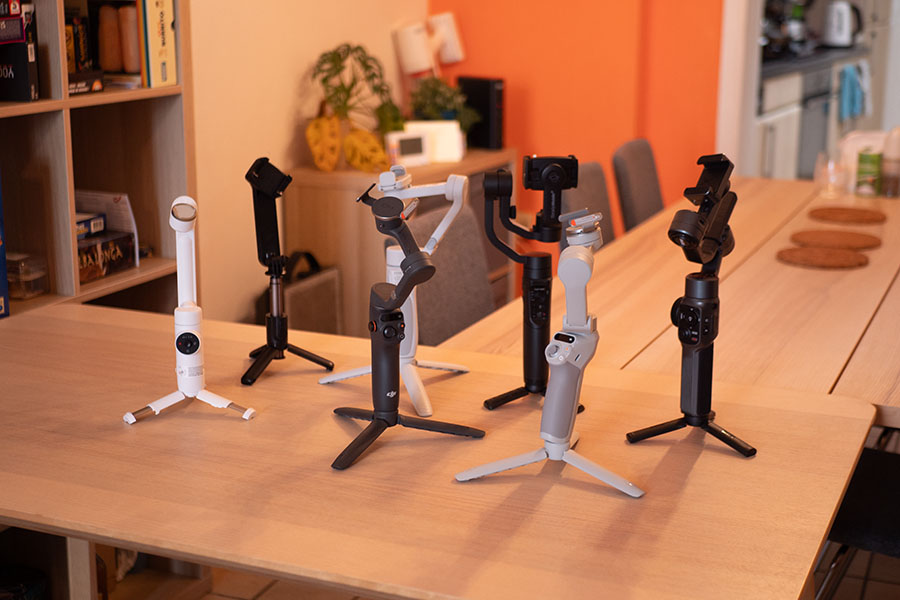
Nevertheless, the sheer number of models on the market has shown us that it’s not always easy to obtain a stable image.
Here are a few parameters to bear in mind when making your choice:
- The type of stabilizer: for you to be able to record your content, your stabilizer needs to be robust and effective in absorbing vibrations and shocks. Motorized stabilizers keep your smartphone level and automatically compensate for the user’s movements according to predefined modes. Non-motorized stabilizers aim for dynamism and stability. Many of today’s models feature three-axis stabilizers for panoramic shots.

- Mobility: this criterion is influenced by your stabilizer’s size, sturdiness and autonomy. The first is important both for your comfort (a heavy model is more tiring to carry for longer) and for the ease with which you can slip it into your bag. Sturdiness is important to minimize the risk of damage (avoid plastic if possible), and autonomy must be at least 8 hours to be of interest.

- Ergonomics: this has an influence on your comfort of use. A well-designed stabilizer should be pleasant to hold, with a comfortable handle and easy-to-reach controls. What’s more, it should have a simplified control panel that allows you to locate the necessary commands at a glance. If the stabilizer is associated with an application, it must also be easy to access and sufficiently comprehensive (operating modes, specific settings, etc.).

- Functionality: model prices vary according to the options they offer. Entry-level stabilizers may be useful if you want a fluid image for simple or occasional use, while more advanced models may offer more options, such as object or face tracking, the ability to block certain axes, or parameterize image or camera functions.

Other stabilizers we recommend
DJI Osmo Mobile SE (€109 at time of publication): A more affordable version from DJI. It combines a number of features at an affordable price, and offers excellent 3-axis stabilization and rapid rotation to provide great shots when you’re on the move. During our test, we found it easy to use, thanks to the tutorials in the app (available from Apple Store or via APK for Android) and the accessible, responsive and ergonomic controls. As a result, we think it’s well-suited to beginners. What’s more, its design is well-built and fairly compact, enabling us to handle it without tiring our arms, and to store it easily (by folding it up). What’s more, its comfortable handle provides an excellent grip. In terms of ergonomics, it incorporates a display panel, as well as an independent, removable and perfectly stable tripod. In terms of support, the magnetic attachment is practical for quick gluing/ungluing, and installing the smartphone is very easy. In terms of functions, subject tracking has been improved, as has its mechanical range. There are also several options, including ShotGuides. The brand also supplies a carrying pouch. However, it lacks a selfie pole, and its battery life could be better (8 hours of use).
Hohem iSteady Mobile Plus (€119 at time of publication): A lesser-known brand, but still excellent value for money. It includes interesting functions for an advanced user (Dolly Zoom, Timelapse, ActiveTrack, Inception, Clone Me, 600-degree pan, Sport, Moment, Phone Go, etc.) and is relatively easy to use for beginners, thanks in particular to the tutorials available on its intuitive app. During our test, we also easily installed our smartphone, and it benefits from universal compatibility (smartphones weighing max 280 g and a clamping range of 58-89 mm). In terms of performance, the anti-blur system delivers a fine image, while its 3-axis stabilization is convincing. What’s more, it’s responsive enough to follow your movements with its large 600° rotation, and ergonomics are excellent. Battery life is also comfortable (13 hours). You can add other accessories (lamp, etc.) to its design, thanks to the 3 extension screw holes. Other little extras include smartphone charging and a carrying case. On the other hand, it’s more difficult to trigger the vertical grip, and its tripod weighs down its design, which is also a little bulkier than other models.
Zhiyun Smooth 5 (€159 at time of publication): An advanced model with monster autonomy for more discerning users. Featuring excellent build quality, this 5th-generation 3-axis stabilizer offers impressive stabilization and up to 25 hours of autonomy. Its 3-axis design is particularly interesting for maintaining fluid movements, even when using the ultra-wide angle. Compatibility-wise, it accepts most smartphones, even the heaviest, and installation is fairly straightforward. It offers a wide range of controls (resolution, ISO, exposure, focus, fluid joystick, etc.), as well as a large number of creative functions (among the new ones, Vertigo and PhoneGo, but also SmartFollow, Gesture Control, Timelapse, Panorama, etc.), including advanced object tracking. It also offers a wide range of manipulation options. But as a result, during our test, we found it more complicated to get to grips with and less intuitive for a beginner than the other devices we tested. The Zy Cami application offers great editing opportunities and even includes tutorials. What’s more, a stable tripod can be screwed to the design, and there’s a charging port for smartphones. You can also add a magnetic auxiliary light (optional). Unfortunately, the lack of a selfie pole and the heavier, more cumbersome design tend to tire the arm, making it less practical to store and carry, despite its multiple locks. There’s no carrying pouch either.

